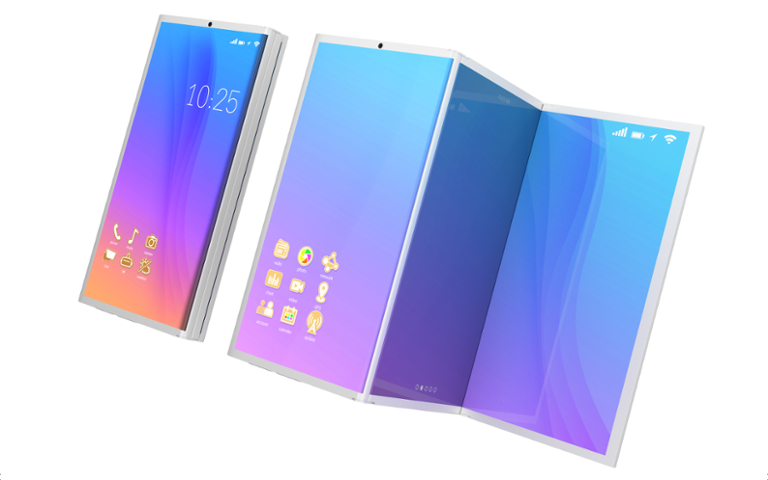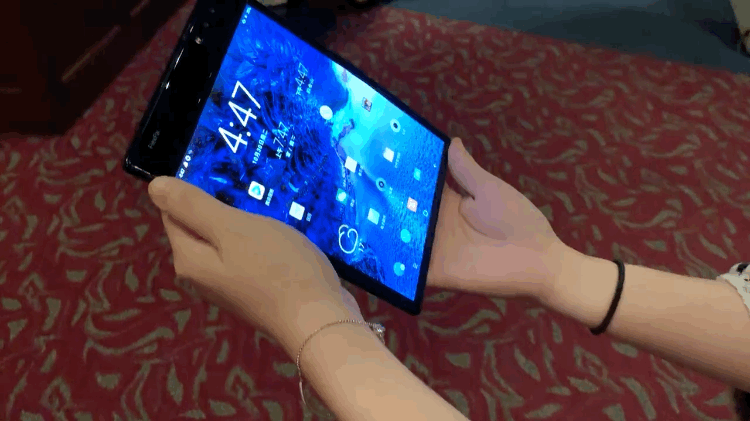
A few years ago, the folding smartphone was an interesting proof-of-concept. Now it’s just around the corner, and we’re not entirely sure if it’s a good idea. The Wall Street Journal reports Motorola is set to refresh its infamous RAZR phone as a folding-screen smartphone. If the report is accurate, the device may set you back $1,500, and could see release as early as February as a Verizon exclusive. Meanwhile, The Verge reports that Microsoft is working diligently behind the scenes to bring Windows support to foldable devices. From the report:
 No thanks.[/caption]
No thanks.[/caption]
Sources familiar with Microsoft’s plans tell The Verge that the software maker is making foldable devices and dual-screen hardware a big investment area for both Windows and Surface. This investment includes adapting Windows itself and its many built-in apps to work across foldable displays and devices with dual screens.As this report goes on to note, Microsoft is preparing its C-Shell and Core OS for foldable devices, which is the chosen method for getting Windows up and running on a wider range of hardware. A foldable display is unique; it means Windows would have to migrate seamlessly between two screen sizes on the same device, and recognize which "form-factor" (i.e., phone or tablet size) was active. Google is also out in front of foldable smartphones. At the Android Developer Summit late last year, Vice President of Engineering Dave Burke vowed support for folding-screen devices. The aim is to ‘officially’ support folding screens, so Android OEMs such as Samsung or – well, Motorola – don’t invent their own software. It’s worth noting that Samsung is still teasing a folding-screen device, which is a good indication it’s coming at some point. [caption id="attachment_185909" align="aligncenter" width="750"]
 No thanks.[/caption]
No thanks.[/caption]